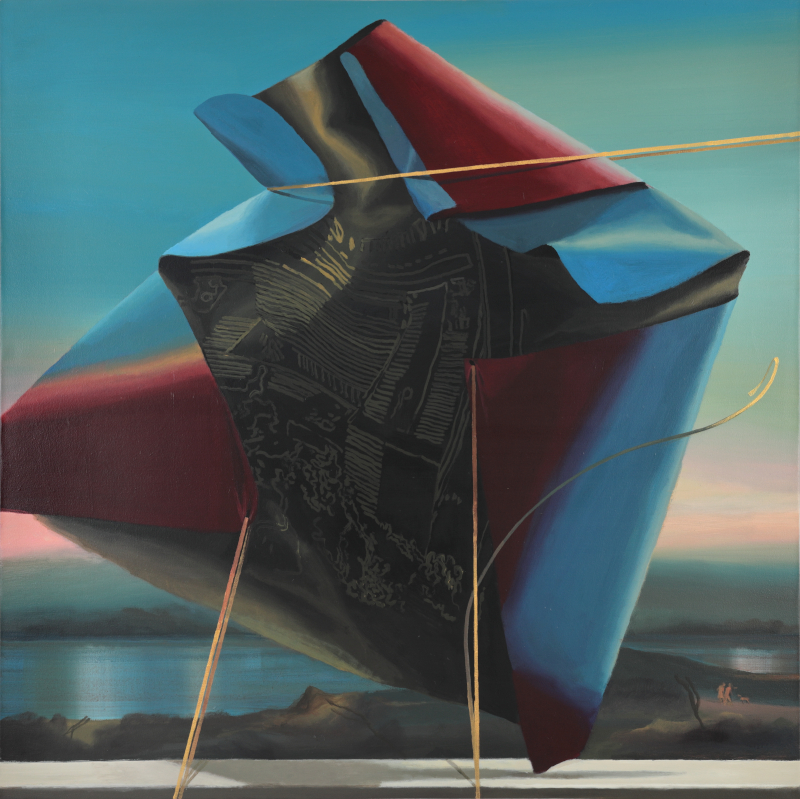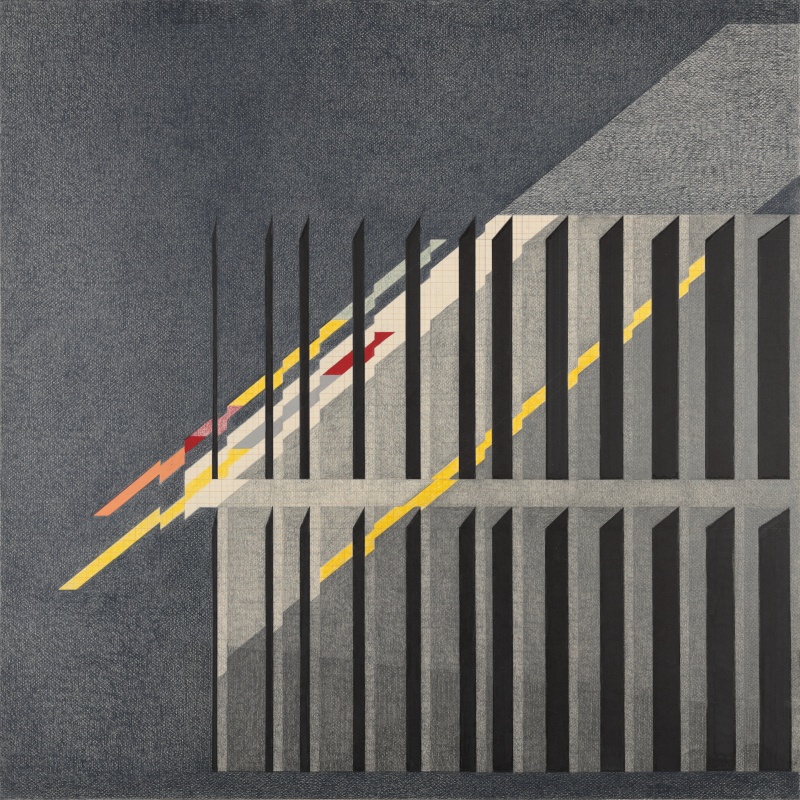
The campus as a group of buildings and facilities that make up the Universitat de València contains an enormous architectural heritage that is not gratuitous. Each building is articulated according to its particular function and, at the same time, is integrated into a planned ensemble that constitutes an active and open square, a teaching and research machine.
The campus of the Universitat de València is absolutely imbricated in the city and its history. It has been a fundamental part and active witness in the achievement of social conquests through scientific discoveries, equality policies or student strikes with their consequent police charges in the faculties. The care and conservation of its heritage and its documentary archives are also part of a shared history with the city. But the Universitat has also been essential in the construction of the city, in its urban planning and in the introduction of new architectural styles. The Blasco Ibáñez campus is a good example of its important role in the development of the city. Similarly, efforts have been made to ensure that the function and form of university architecture have gone hand in hand, reflecting the transmission of culture or the solidity of the institution. Good examples of this are the verticality as an accumulation of knowledge in the Gregori Maians Social Sciences Library by Giorgio Grassi, the robust and monumental forms of the Office of the Principal building by Mariano Peset Aleixandre, or the aerodynamic rationalism of the Luis Vives Hall of Residence by Francisco Javier Goerlich.

From each building on the campus emanates an image with which the painting interacts, representing ideas and realities of its own. The painter's gaze travels through the architecture, from the exterior to the interior, combining a multiplicity of points of view on the same space and fusing different times in superimposed layers of meaning. By introducing this temporal dimension, painting is shown to be an ideal thinking machine for generating an image of architecture that goes beyond the recording of a specific instant, an image that takes into consideration the history of the building and the social, scientific or cultural events related to it.
In Campus, painting will be a laboratory of ideas where we will elaborate particular visions of university architecture, the box or container necessary to be able to teach, research, archive and transmit knowledge. The box, understood as a conceptual and architectural reference, and the visions and pictorial worlds it generates, will be one of the lines of work through which the Campus project will move. The selected artists will offer a diversity of interrelated worlds between architecture and painting, aided by an intensive search for archive images, plans and artistic works from the Universitat's own heritage with which a fruitful dialogue can be established.

Participants artists:
Lorena Amorós
Dis Berlin
Juan Cuéllar
Paco De la Torre
Carlos García-Alix
Elena Goñi
Jorge Tarazona
Joël Mestre
Roberto Mollá
Pamen Pereira
Paco Pomet
Señor Cifrián
Teresa Tomás
Nelo Vinuesa
Guided tours for groups:
96 3531076











